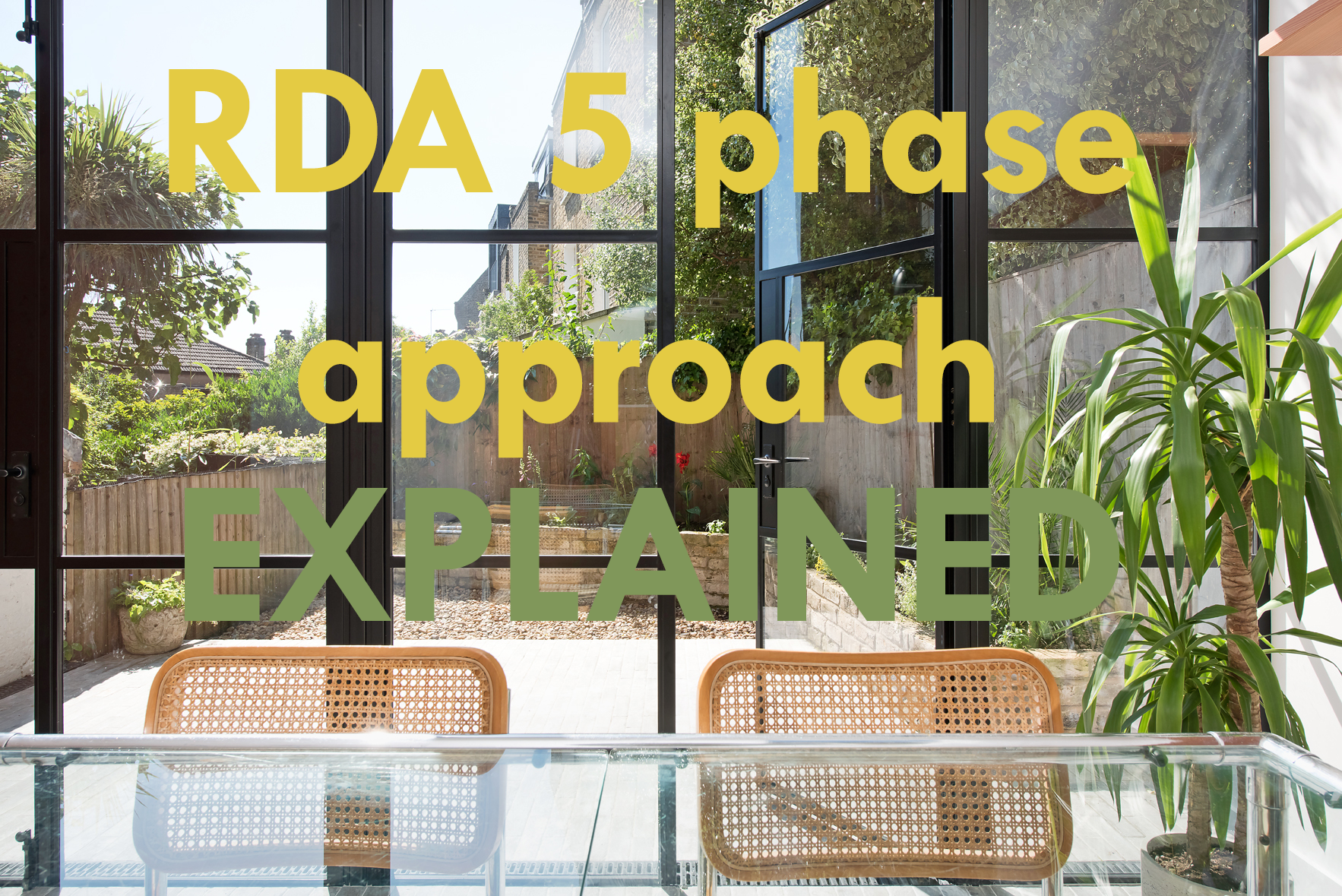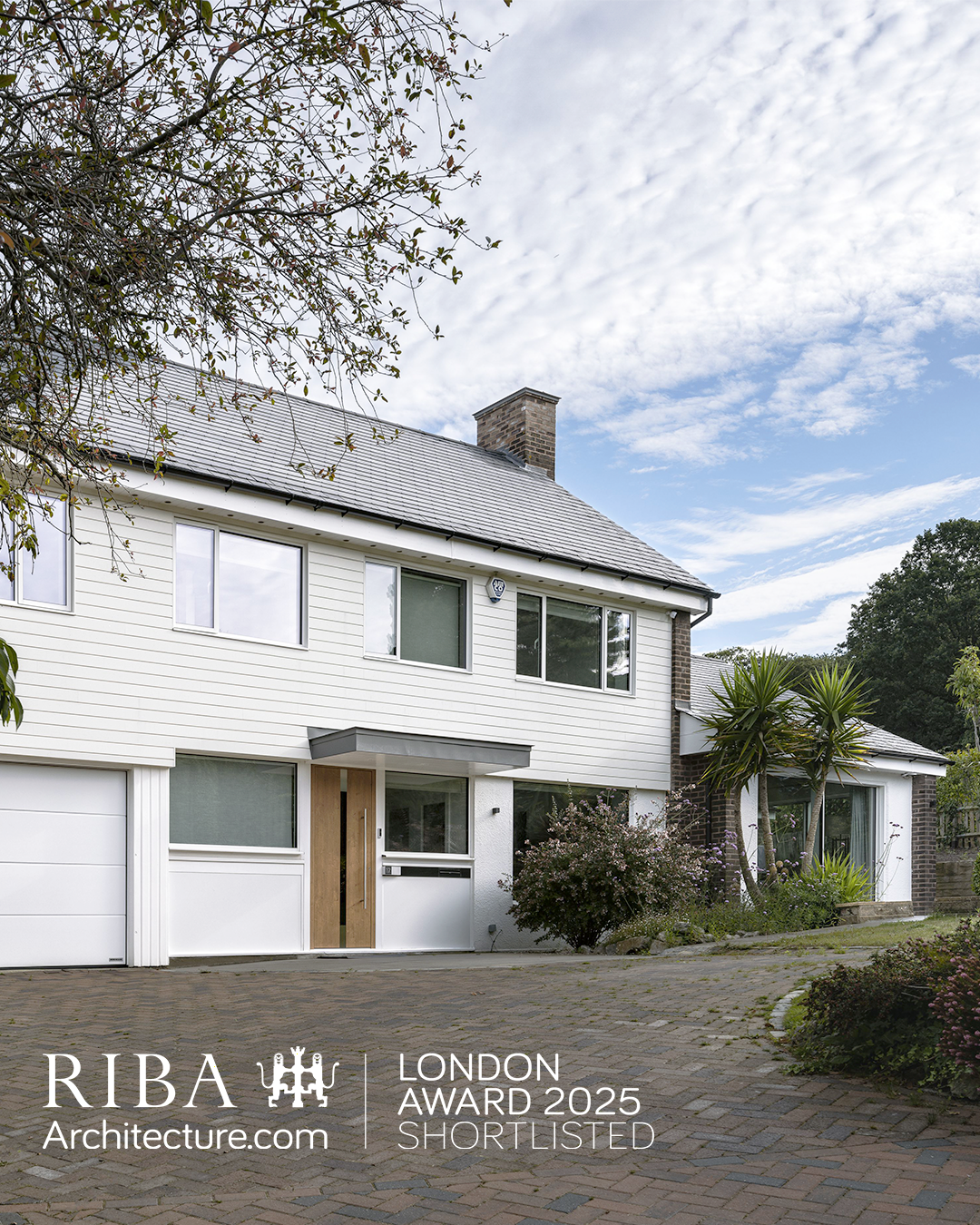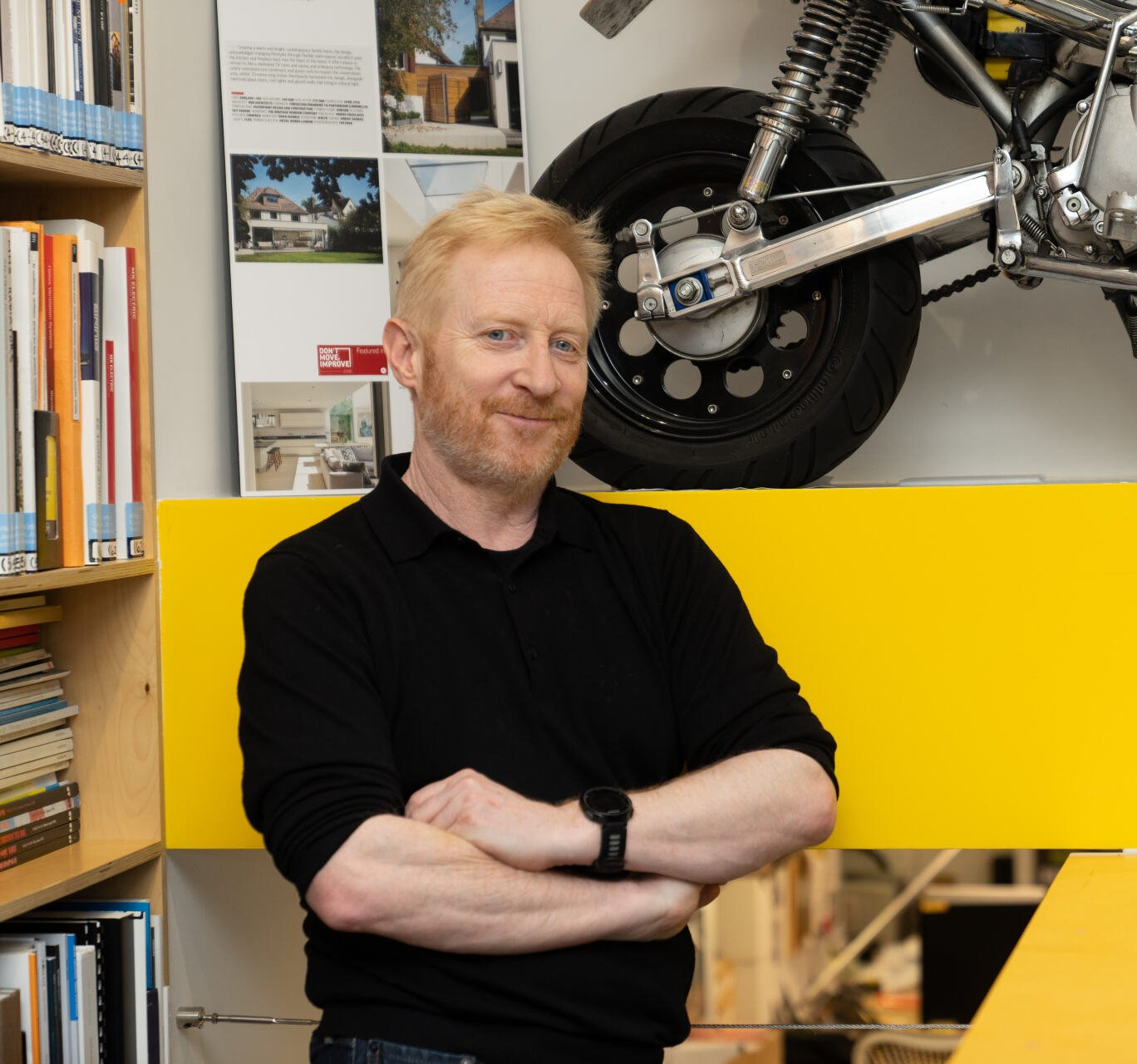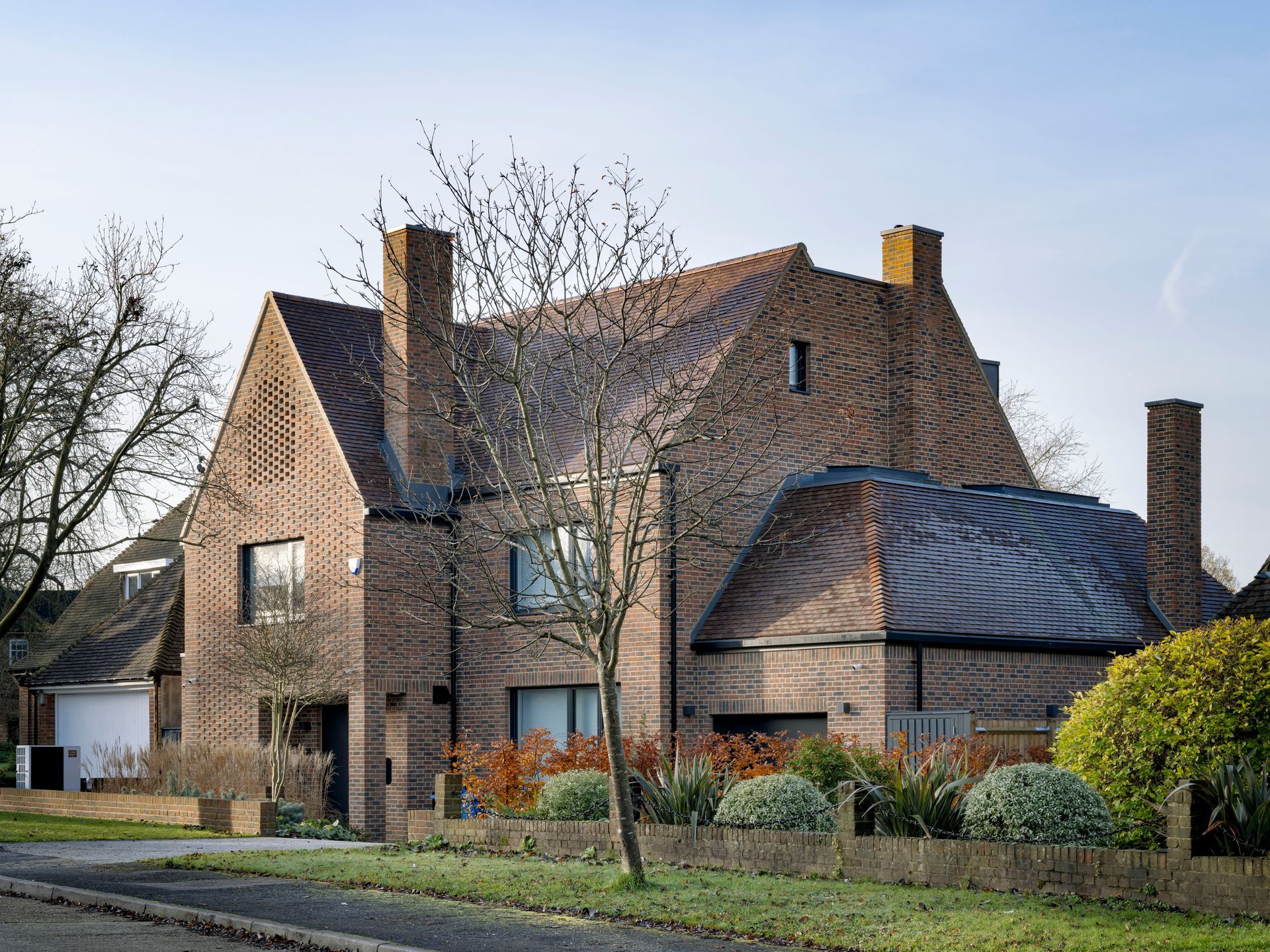As climate change becomes an increasing threat to our planet and homeowners face soaring energy costs, the ethos of the PassivHaus have never been more relevant. More of us than ever are looking to make our homes more environmentally friendly and simultaneously reduce our costs, which is why we are asked so many questions about how owning a PassivHaus can help. But what is a Passivhaus? and how does it differ from a conventional home?
A PassivHaus is a building that provides a high level of occupant comfort using very little energy for heating and cooling, due to its energy efficiency and sophisticated design. According to the PassivHaus trust, buildings are accountable for 35% of total global energy consumption. So, by reducing energy loss in the home and reducing the need to rely on excessive heating and cooling mechanisms, it becomes a positive and essential step in the fight against climate change.
Not to mention the advantages to PassivHaus owners. From extremely cheap energy bills to year-round temperature comfort and filtered air, the benefits are clear to see!
As one of the UK’s leading PassivHaus design firms, we’re here to answer your top questions about living in a PassivHaus.
1. What are the potential health benefits of living in a PassivHaus?
One of the main benefits of living in a PassivHaus is its positive effect on its inhabitants. Whereas in a normal home, you might be battling against drafts, allergens, pollution and running cost-induced stress, when living in a PassivHaus, these issues are eliminated.
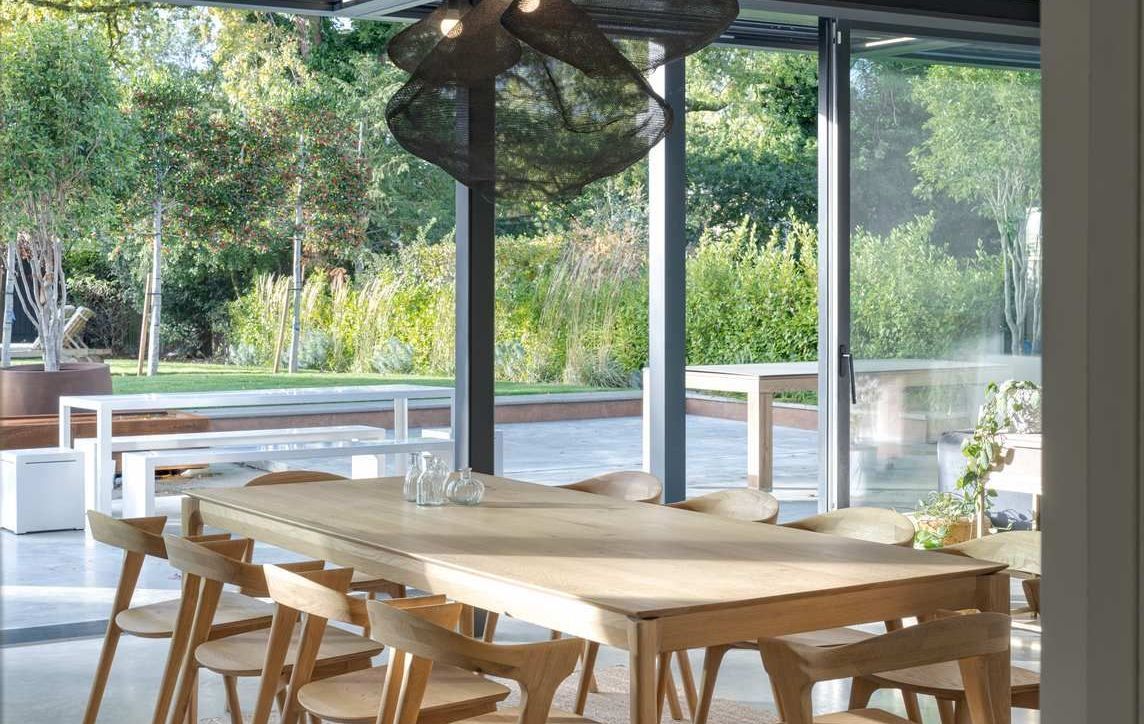
The health benefits include:
1. Less energy use, resulting in lower bills and less stress.
2. Filtered air, which means less allergens and less pollution.
3. They are incredibly comfortable to live, sleep, and work in due to their consistent temperature.
In a time where more of us than ever are working from home, our immediate environment can have a huge impact on both our physical and mental health. A home that provides better air quality, a better night’s sleep and that reduces bill-related anxiety can only be a plus.
2. Can living in a PassivHaus help lower utility bills and save money in the long run?
On average a normal UK will use somewhere around 160 to 180 kwh of energy per annum per square metre to heat a building. In a Passivhaus this is reduced to below 15. This means that the energy needed to heat your home is going to be between 6-10 times less than the average home, and your utility bills will reduce drastically.
There are also home qualifications like ‘Passivhaus +’ and ‘Passivhaus ++’ whereby you can use renewable energy you generate (such as from solar panels) to supply the grid, who will then pay you back for the energy you produce. We have recently carried out projects with solar roofs which have end up helping our clients offset their winter bills within the summer months as they generate electricity.
"Designing and incorporating sustainability from day one not only saves money during the build project but also ensures long-term cost savings and sustainability over the lifespan of the building."
- Richard Dudzicki, Director and Founder of RDA
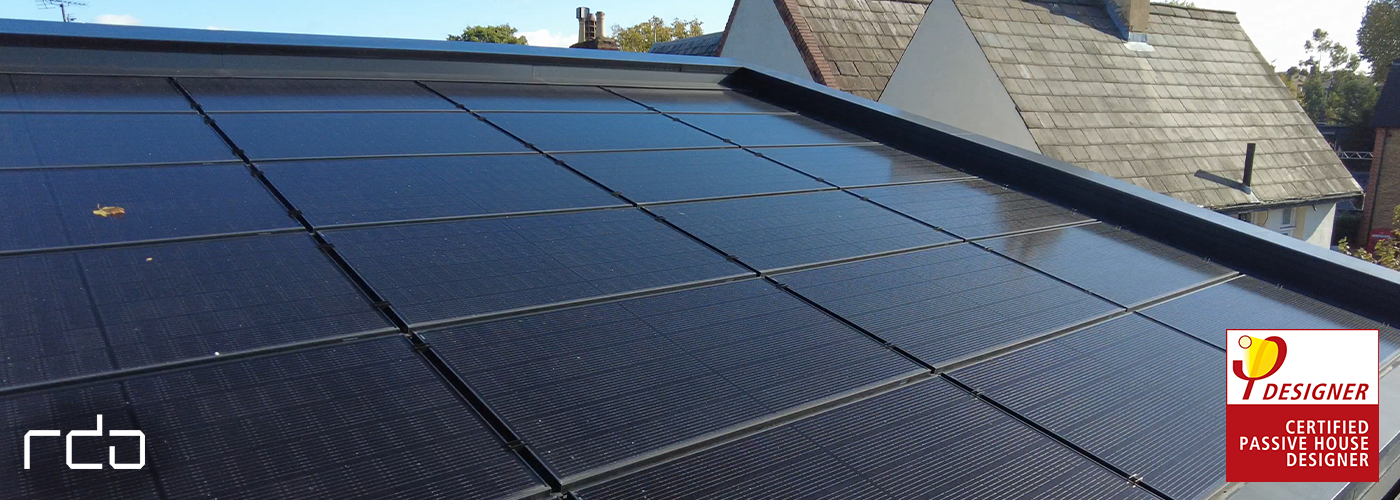
Solar panels on the roof of our Modernist EnerPHit project
3. Are PassivHauses suitable for all types of households, including families with children?
Absolutely. If anything, they are more beneficial to families with young children than standard homes.
When building a PassivHaus, the goal is to minimise using fossil fuels and potentially harmful chemicals, which makes for a healthier environment for people of all ages. At RDA we use a number of methods, from low VOC paints that don’t give off as much harmful fumes as standard paints, to wood fibre insulation to reduce lung irritation. By using natural materials as opposed to plastic-based ones, it benefits the environment and the health of your family.
4. Can existing homes be retrofitted to meet PassivHaus standards?
Of course, any house can be retrofitted. The big drawback of this is how much it can cost to retrofit. For this, you need an expert opinion from a good architect.
Its also important to be aware that your home doesn’t have to meet rigorous PassivHaus standards to be more energy efficient. ‘EnerPHit’ is a slightly relaxed standard for retrofit projects, where the existing architecture and conservation issues mean that meeting the Passivhaus standard is not feasible.
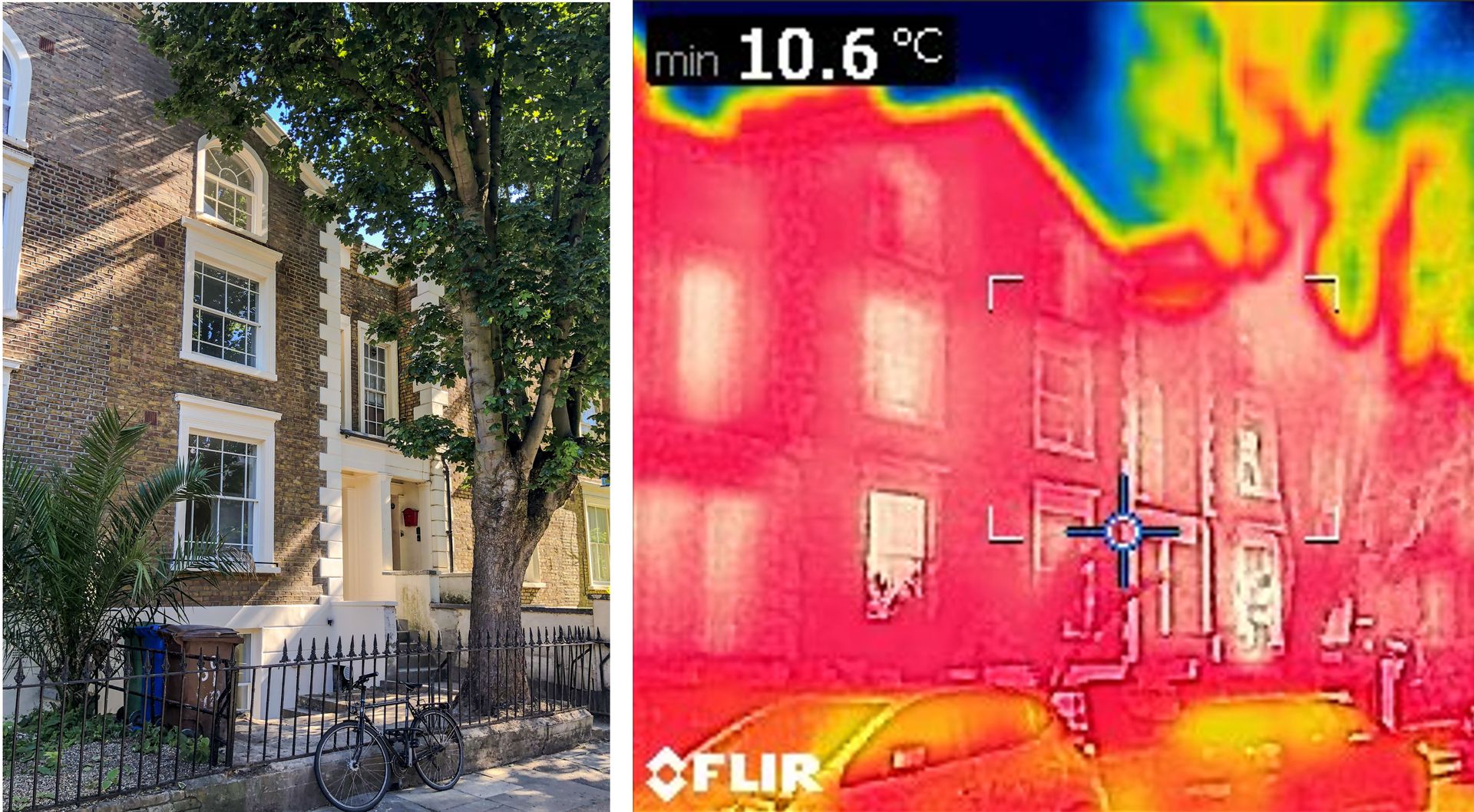
Our RetroPhit project. Thermal imaging shows how much heat escapes from neighbouring properties.
To find out more about RDA’s extensive PassivHaus experience, and to explore the beautiful homes we’ve built and retrofitted over the last twenty-five years, click here!
Or, book in a free consultation with our award-winning PassivHaus certified designer and Director, Richard Dudzicki below.
